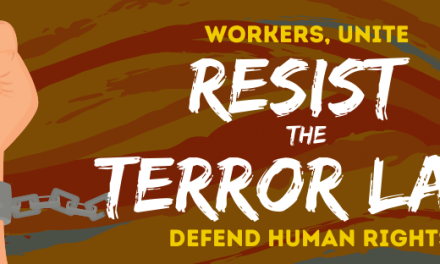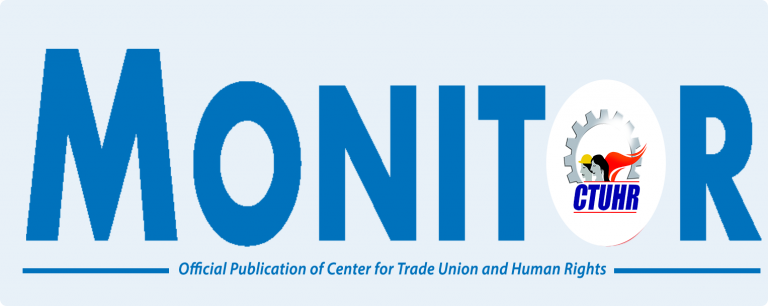When we say #MassTestingNowPH, we call on the national government to implement a national testing program that prioritizes:
• the health workers/frontliners
• Person Under Investigation (PUI)/Person Under Monitoring (PUM)
• the vulnerable sectors of the population (including the elderly)
While social distancing and community quarantine work, it must be complemented with a national testing program to effectively control and prevent the spread of the virus.
#MassTestingNowPH should form part of the primary agenda of the Inter-Agency Task Force for the Management of Emerging Infectious Diseases (IATF-EID).
***
DOES #MassTestingNowPH MEAN ADDITIONAL BURDEN TO OUR HEALTH WORKERS?
NO.
The alliance SCIENTISTS UNITE AGAINST COVID-19 are compiling a database of expert molecular biologists, medical technicians, and other scientists who are trained in RT-PCR and are willing to volunteer in the testing efforts.
While #MassTestingNowPH may lead to the detection of more positive cases of COVID-19 in the country, it does not mean that every positive case should be admitted in a medical institution. Given this, we see that patients be prioritized as follows:
• High-risk patients with underlying illnesses or the elderly gets priority for hospitalization;
• Patients with moderate symptoms should be sent to quarantine facilities provided by local government units (LGUs), where they can get basic medical support and observation; and
• Patients with minimal or no symptoms to do self-quarantine for 14 days as long they do not have family members with underlying diseases.
The responsibility for the implementation of the national testing program must not fall squarely on the backs of the health sector. The national testing program must involve different national government agencies and local government units.
***
WHAT ARE THE CRUCIAL ROLES FOR #MassTestingNowPH?
The National Government
• The national government must enact a policy for a national testing program. They must oversee the implementation of this program via the Inter-agency Task Force on Emerging Infectious Diseases (IATF-EID), allot sufficient funds, and mobilize all necessary resources in the implementation of said program.
The Department of Health (DOH)
• The Department of Health (DOH) should create a comprehensive national testing plan, lead the coordination of all stakeholders, and monitor the implementation of the same.
• The DOH should also coordinate with academic institutions and their laboratories across the country to provide necessary equipment like qPCR machines for nationwide testing. They should organize and mobilize volunteer scientists who could conduct testing across the country.
• The DOH should also expedite or waive the regulatory and accreditation requirements in implementing the nationwide testing and craft a transparent and clear protocol for national testing prioritization and quarantine.
The Armed Forces of the Philippines (AFP) and the Philippine National Police (PNP)
• The Armed Forces of the Philippines (AFP) and the Philippine National Police (PNP) must be further capacitated on basic clinical management to aid health workers.
• They AFP/PNP should provide logistical support to health workers and frontliners and help the Local Government Units (LGUs) in building and monitoring temporary quarantine facilities.
The Local Government Units (LGUs)
• The LGUs on the provincial level must establish, operate, and maintain testing centers. They should coordinate with their component cities and municipalities with all the logistical and scheduling requirements of the testing program.
• Cities and municipalities should establish a community-based surveillance and prioritization system, in coordination with the DOH and the barangays.
• All three LGU levels, in coordination with the DOH and the private sector, should build temporary quarantine centers to supplement hospitals and medical institutions.
Sign and share our petition: bit.ly/masstestingnowph
***
References:
EXECUTIVE ORDER No. 168
https://lawphil.net/executi…/execord/eo2014/eo_168_2014.html
Manual of Procedures for the Philippine Integrated Disease Surveillance and Response
https://www.doh.gov.ph/…/publicat…/PIDSRMOP3ED_VOL1_2014.pdf

![[REPOST] WHAT DO WE MEAN BY #MassTestingNowPH?](https://ctuhr.org/wp-content/uploads/2020/03/FREE-MASS-TESTING-NOW-6-940x640.png)






